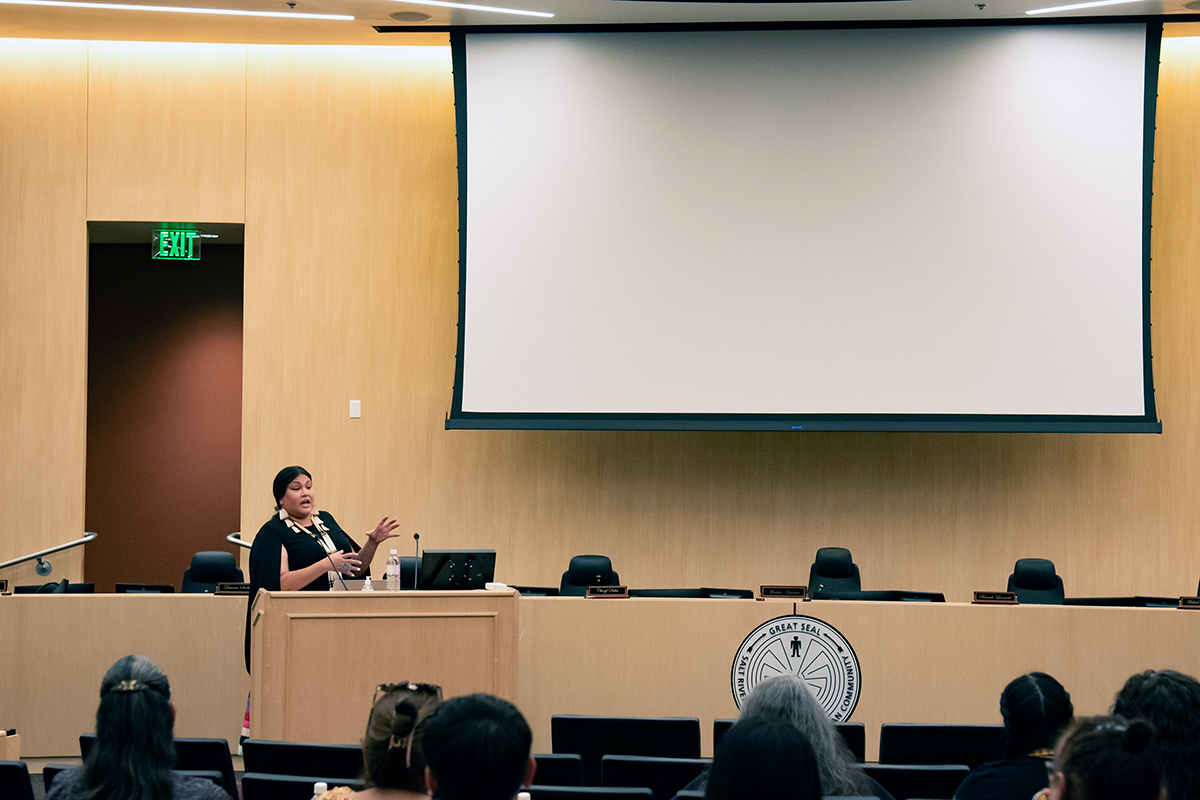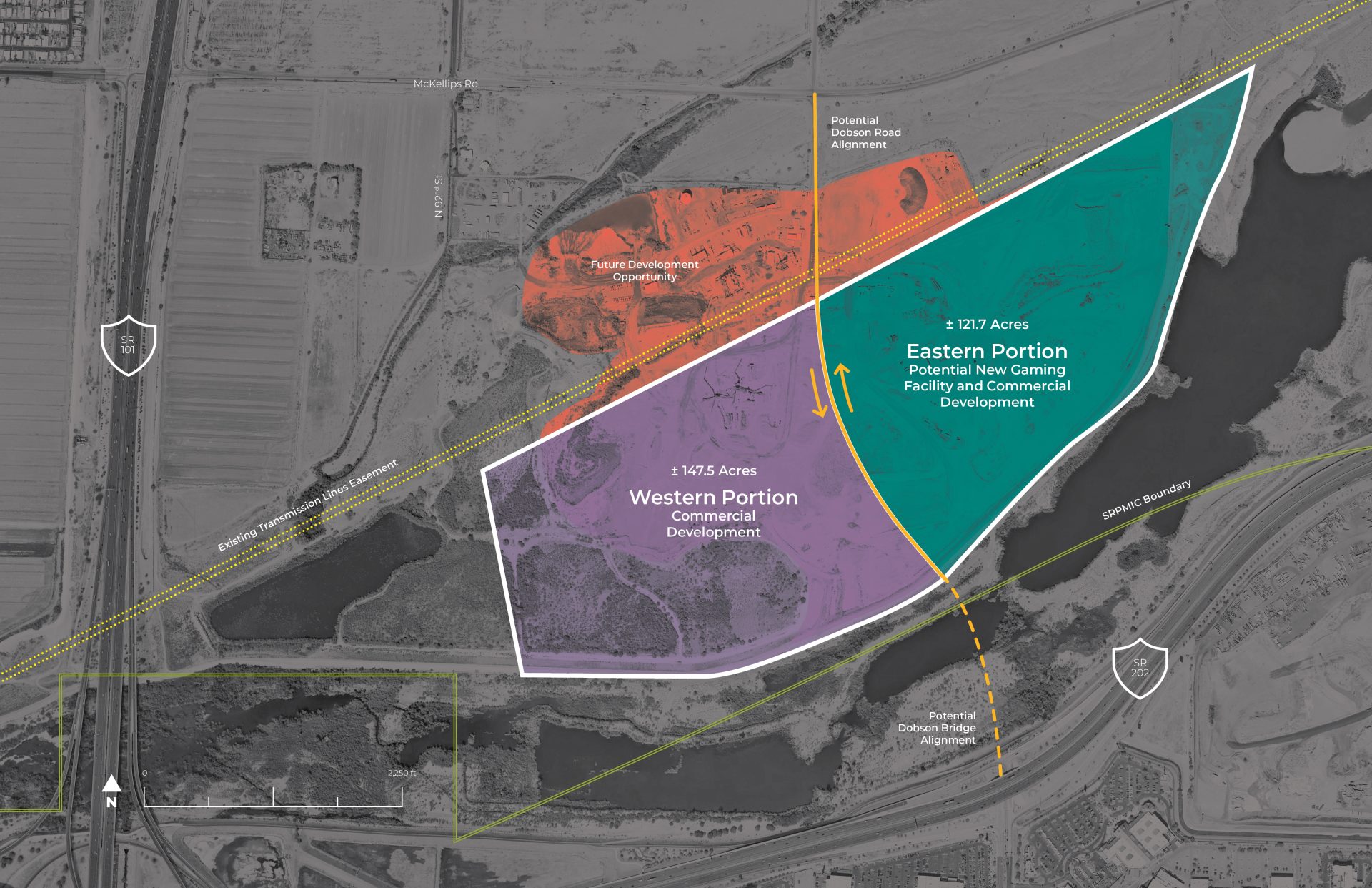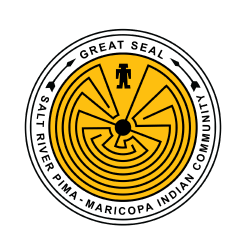VIEWS: 1000
August 24, 2025Protecting Our Youth Against Drugs and Violence
The Salt River Pima-Maricopa Indian Community held a special presentation on human trafficking and exploitation on July 17 that was open to members and employees at the Council Chambers.
Lynnette Greybull, founder of the nonprofit organization NotOurNativeDaughters, shared the presentation. She dedicated her nonprofit to addressing the missing, murdered and exploited Indigenous women and girl’s crisis. Its mission is to end human trafficking and exploitation by providing education and coalition building.
“A lot of these topics that we cover for our tribal communities are heavy, they can be filled with strong statistical reality, and I’m a strong promoter of trauma informed care,” Greybull said.
This event was part of the Council’s strategy to bring education and resources across the Community on the realities of opioid use and human trafficking within Indigenous populations.
The presentation showed regional and tribal data that gives an understanding of the crisis of opioids and human trafficking in Indigenous communities and how the two are interconnected. It also highlighted how both issues affect Native youth and women.
What are opioids? According to the National Institute on Drug Abuse, opioids are a class of drugs that include prescription medications such as oxycodone, hydrocodone, morphine, codeine, fentanyl and others, along with illegal drugs like heroin. They are primarily used for the treatment of pain. Once entered into the bloodstream, they interact with specific molecules called opioid receptors that help control pain, regulate breathing and help with stress relief.
Unfortunately, in addition to pain relief, opioids can trigger a euphoric feeling throughout the body, often leading to misuse. This can lead to addiction and a possible overdose, even death.
What is human trafficking? According to Homeland Security, human trafficking is the act of using force, fraud or coercion to obtain a type of labor, or commercial sex acts. Millions of people each year are trafficked worldwide, and unfortunately, it can happen to anyone anywhere.
How are they connected? Greybull explained how oftentimes, traffickers exploit substance use as a method to manipulate and control victims. Substance use, in most cases, increases vulnerability to a point where traffickers use addiction as a tool of manipulation and control.
Culturally responsive solutions with an emphasis on prevention strategies and trauma support systems were shared, which included community engagement, traditional healing and youth mentorship. Greybull highlighted these ways in in her presentation to help support one’s healing journey.
“Identifying trauma is such the key tool here on helping our young people and helping our tribal communities to heal from opioid use, drug use, depression, mental health, even trafficking, even issues we face…,” Greybull said.
The presentation was held a day before the My Future is Bright youth conference, where Greybull was a guest speaker.
“I would say the most of us agree that we all want the same thing, and that is for our communities to have a strong sense of safety.”







